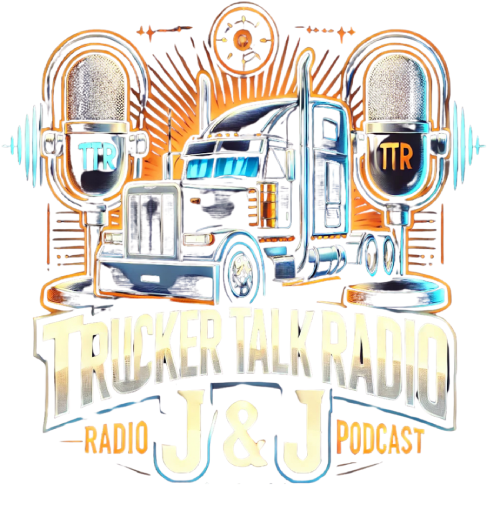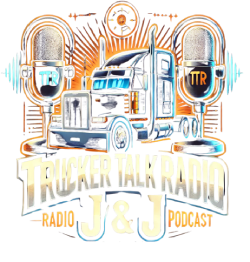Origins of Minneapolis Teamsters Leadership
The leadership of the Minneapolis Teamsters had roots in the Communist Party. Many of them had long been engaged in radical politics, with some participating in the Socialist Party—particularly its ethnic Scandinavian faction—and others being affiliated with the Industrial Workers of the World (IWW), also known as the Wobblies.
Key Figures in the Movement
The prominent individuals in this movement included the Dunne Brothers—Vincent Ray Dunne, Miles Dunne, and Grant Dunne—and Scandinavian socialist Carl Skoglund. By the late 1920s, they were all actively involved in the Communist Party but left in 1929 following their expulsion for defying a party directive regarding James P. Cannon. Cannon had led a small faction away from the party in response to Leon Trotsky’s criticism of the Communist International’s decline and its implications for the American Communist Party.
Understanding the Schism
Cannon and his supporters faced expulsion, while the Minneapolis Teamsters, part of the Communist Party, were largely unaware of the underlying issues. However, they sensed that the internal conflict was significant, indicating a possible rift within the party. They believed that if a debate over Trotskyism was imminent, they should be given the opportunity to access the relevant documents and form their own opinions.
Workers’ Solidarity and Organization
The Trotskyists recognized the importance of uniting all workers within the sector, including those who unloaded produce, hauled coal, loaded trucks, and drove them. However, they encountered resistance from a party bureaucracy led by Jay Lovestone, which attempted to prevent members from accessing essential readings and understanding the broader issues at stake within the Communist International.
Expulsion and New Alliances
When the Dunne brothers, Skoglund, and their associates requested access to these materials, they too were expelled from the Communist Party. They subsequently joined Cannon and others to form the Communist League of America, the first Trotskyist organization. It was through this union that they developed a comprehensive strategy for organizing and establishing a new type of unionism.
Aiming for Union Recognition
The revolutionaries recognized that they were not in a purely revolutionary situation; thus, their goal wasn’t to create a purely revolutionary entity within the Minneapolis Teamsters. Instead, they aimed to mobilize efforts for union recognition and to foster mass-production unionism within the American Federation of Labor (AFL), which primarily focused on craft unionism.
Challenging Established Ideologies
There was a certain contradiction in the belief that Teamsters and trucking sector workers were a highly skilled workforce. In reality, they were not, yet there existed a perception that organizing only skilled elite workers was the goal. This belief was central to the ideology of the International Brotherhood of Teamsters (IBT). The Trotskyists, however, pushed for the organization of all workers, including those performing less recognized roles, in defiance of employers who resisted a union that embraced all workers rather than just a select few.


